Adobe Substance 3D offers a comprehensive suite for artists to create stunning 3D digital materials. This ecosystem of apps can be challenging for beginners. This practical approach will guide users through the process of realistic asset creation.
Overview of Adobe Substance 3D Suite
The Adobe Substance 3D suite is a powerful collection of tools designed to empower artists in creating high-quality 3D assets. This suite includes applications like Substance 3D Painter, for texturing; Substance 3D Designer, for material creation; and Substance 3D Stager, for scene assembly and rendering. It provides a complete workflow for designing 3D elements, from the initial texture creation to the final rendered scene. The suite is integrated, allowing seamless movement of assets between applications, streamlining the creative process. It is a popular industry standard, providing all the necessary tools for crafting realistic 3D assets. The suite helps artists create materials, textures, filters, and models efficiently. This integration makes it easier to achieve photorealistic results.
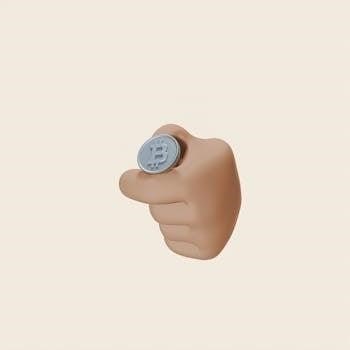
Key Applications within the Substance 3D Ecosystem
The Substance 3D ecosystem includes key applications such as Painter, Designer, and Stager. Each tool plays a vital role in creating, texturing, and rendering 3D models, providing a complete workflow for artists.
Substance 3D Painter for Texturing
Substance 3D Painter is a powerful tool for texturing 3D models. It allows artists to apply realistic textures, materials, and filters directly onto the surface of their assets. The software provides a user-friendly interface with a range of brushes and tools for creating intricate details. With Substance 3D Painter, users can import custom resources or utilize starter assets included within the application. The asset window allows access to default resources and imported resources. Its layer-based system enables non-destructive editing, making it easy to experiment with different styles and effects. This application is essential for creating photorealistic textures, enhancing the visual quality of 3D models for various projects.
Substance 3D Designer for Material Creation
Substance 3D Designer is a node-based application used for creating custom materials and textures. This software enables artists to build intricate and procedural materials from the ground up, offering flexibility and control over the final product. The node-based workflow allows for easy editing and modification of material properties. Users can create a wide range of materials, from simple surfaces to complex, layered effects. Substance 3D Designer’s procedural nature ensures that materials can be easily scaled and customized for different projects. It’s an essential tool for generating unique and high-quality textures, providing artists with the tools needed for photorealistic asset creation. This application is perfect for creating detailed materials;
Substance 3D Stager for Scene Assembly and Rendering
Substance 3D Stager is a 3D rendering software used to create 3D scenes with real-time 3D visualization and high-quality renders. It enables artists to assemble and stage 3D assets, creating environments for virtual photography and rendering. Users can easily import 3D models, materials, and textures created in other Substance 3D applications. Stager provides an intuitive interface for arranging objects, adjusting lighting, and setting up camera angles. The software offers real-time rendering capabilities, allowing for immediate feedback on scene composition and lighting. With Stager, artists can produce high-quality renders for product visualization, marketing materials, and other purposes. It’s a powerful tool for assembling and rendering complex 3D scenes. It is ideal for virtual staging and creating photorealistic images.
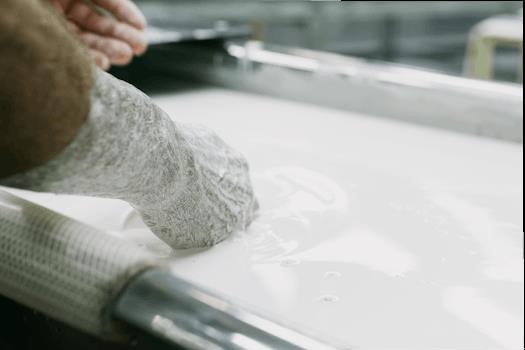
Getting Started with Substance 3D
New project creation allows you to store your 3D model and texturing information. The Asset window provides default resources and imported resources. Import resources via the File menu.
Project Creation and Setup
Initiating a new project within the Adobe Substance 3D ecosystem is a crucial first step for any asset creation endeavor. The process begins with the project creation window, a centralized hub for configuring your workspace. This window enables you to establish a dedicated project file, ensuring all your 3D model data, textures, and related information are neatly organized and readily accessible. This structured approach streamlines the workflow, preventing any data loss or misplacement. Furthermore, it allows for easy retrieval and modification of your project assets as needed. Setting up the project also involves importing the necessary 3D models which will be the basis of your texturing and material work. Correctly configuring these initial steps is fundamental for ensuring a smooth and efficient creative process, allowing you to concentrate on the artistic aspects of asset development rather than technical hurdles. This thorough setup phase is not just about organizing files; it’s about laying a solid foundation for your entire creative journey.
Importing and Managing Assets
The efficient management of assets is paramount in a streamlined 3D workflow within Adobe Substance 3D. The ‘Assets’ panel serves as the central hub for all resources, encompassing both default, starter assets included with the application and user-imported content. The process of importing resources begins with the ‘File’ menu, where you can select the ‘Import resources’ option. This initiates a dialogue box allowing you to choose the specific resources you wish to incorporate into your project, ensuring you have all the necessary elements. These resources, which could include textures, models, or materials, are then categorized into ‘Starter assets’ and ‘Your assets,’ simplifying navigation and retrieval during the creative process. The ability to easily manage and categorize these assets is crucial for maintaining an organized and productive workflow, facilitating the creation of complex and detailed 3D models. Effective asset management is not just about organization; it’s about ensuring that you have immediate access to the tools and elements needed to bring your creative vision to life.
Core Concepts in Realistic Asset Creation
Creating photorealistic textures and applying materials and filters are essential for achieving realism in 3D assets. These core concepts form the foundation for high-quality digital design.
Creating Photorealistic Textures
Achieving photorealistic textures is a crucial aspect of realistic asset creation within Adobe Substance 3D. This process involves a deep understanding of material properties and how they interact with light. The Substance 3D suite, particularly Painter and Designer, provides robust tools for crafting detailed and believable textures. Users can leverage the software’s layering system to build complex surfaces, combining base colors, roughness, height, and metallic properties. Furthermore, the ability to import custom resources and utilize procedural generation allows for creating unique and highly detailed textures. The use of smart materials and masks further enhances the control and realism achieved during this phase. Understanding the principles of PBR (Physically Based Rendering) is fundamental for creating textures that accurately reflect the real world. The software facilitates the creation of textures that are suitable for a variety of rendering engines.
Applying Materials and Filters
Applying materials and filters is a pivotal step in refining the visual quality of 3D assets within the Adobe Substance 3D workflow. This process involves using the materials created in Substance 3D Designer or imported from the assets library and applying them to the 3D models within Painter or Stager. Materials can be customized to fit specific project needs by adjusting parameters and adding additional layers. The use of filters provides an additional layer of control, enabling users to tweak surface characteristics. For example, adding filters can introduce wear and tear, dirt, or other imperfections, enhancing the realism of a model. These filters can be applied non-destructively, allowing for iterative workflows. The application of materials and filters requires understanding how these surface properties interact with lighting and rendering conditions. The process of applying materials is intuitive, with tools for precise control over mapping, scaling, and rotation.
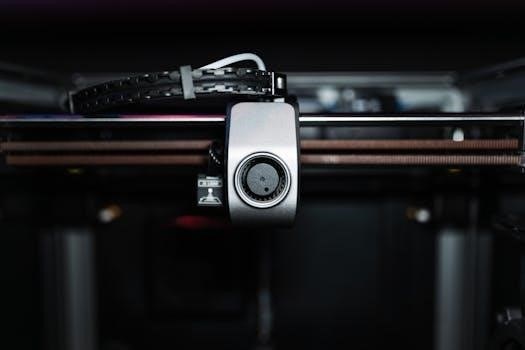
Advanced Techniques and Resources
Explore the Substance 3D Assets library for customizable materials and models. Learn from tutorials and interactive projects to master advanced techniques. This will enhance your 3D design skills.
Utilizing the Substance 3D Assets Library
The Substance 3D Assets library is a treasure trove for 3D artists, providing a vast collection of fully customizable resources. This high-end library is packed with parametric and physically based materials, offering a fantastic starting point for any project. Users can explore and use models, lights, and materials created by specialists and world-class guest artists, ensuring access to top-tier assets. The library is easily accessible within the Substance 3D applications, allowing for seamless integration into your workflow. As part of the Adobe Substance 3D Collection plan, users can download up to 50 assets per month, which can greatly accelerate the asset creation process and enhance the quality of your final renders. The ability to customize these assets further provides a creative platform to make every project unique. The Substance 3D Assets library is constantly updated with new and innovative content.
Learning through Tutorials and Interactive Projects
Mastering Adobe Substance 3D is made easier through a wealth of tutorials and interactive projects designed for all skill levels. These learning resources range from foundational skills to specialized techniques, catering to both beginners and experienced 3D artists. The tutorials provide step-by-step guidance on various aspects of the software, from project creation to advanced texturing. Interactive projects offer hands-on experience, allowing users to apply their knowledge in practical settings. This project-based approach ensures a deeper understanding of the software and its capabilities. Many resources are available online, including video series and written guides, allowing you to learn at your own pace. These interactive experiences are key in building a solid foundation and advancing your skills in realistic asset creation. Start with recommended tutorials to quickly grasp the basics and then delve into more complex projects.

Practical Application and Portfolio Building
Build a comprehensive portfolio by applying practical knowledge of 3D design with Adobe Substance 3D. This includes project-based learning and showcasing your skills using realistic asset creation techniques.
Building a Comprehensive 3D Portfolio
Creating a strong 3D portfolio is essential for showcasing your skills in realistic asset creation using Adobe Substance 3D. This involves demonstrating your proficiency in texturing, material creation, and scene assembly. Your portfolio should feature a variety of projects that highlight your ability to use Substance 3D Painter, Designer, and Stager effectively. Include projects that showcase photorealistic textures and materials you’ve created. Also, demonstrate your skills in applying filters to achieve specific effects. Furthermore, highlight your ability to manage assets, import resources, and utilize the Substance 3D Assets library. Your portfolio should clearly reflect your understanding of core concepts and advanced techniques in 3D design. This practical guide should help you gain the necessary knowledge to create a successful portfolio. Finally, make sure to present your work in a way that is both visually appealing and easy to understand for potential clients or employers. This approach will make your portfolio a powerful tool in your 3D design career.
Practical Guide and Project-Based Approach
This practical guide emphasizes a project-based approach to learning realistic asset creation with Adobe Substance 3D. Instead of overwhelming you with extensive text, this method focuses on hands-on experience. Interactive projects are designed to help you swiftly gain familiarity with the software. These projects allow you to directly apply the concepts of texturing, material creation, and scene assembly. You will explore various techniques, including creating photorealistic textures and applying materials and filters. Moreover, you’ll learn how to import and manage assets effectively. This approach is designed to give you sound practical knowledge of 3D design. By working through these projects, you will not only learn the tools but also build a solid understanding of the entire workflow. This will enable you to confidently create your own stunning 3D assets. Furthermore, it provides a more engaging and effective way to learn.
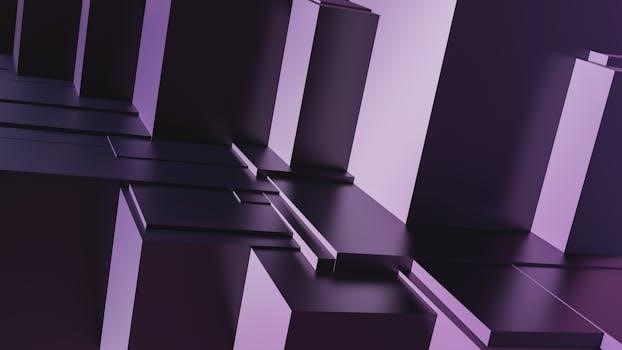

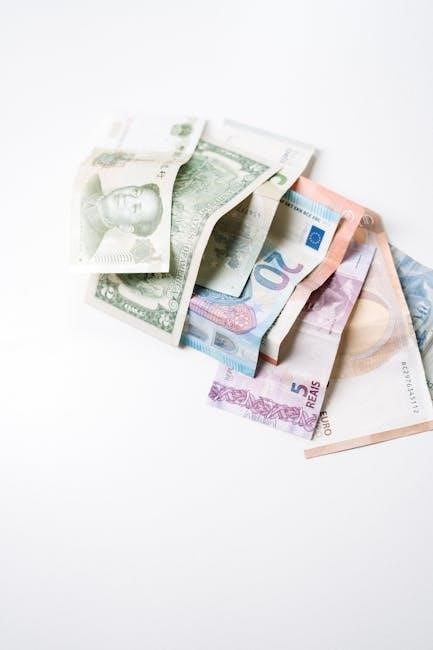
Leave a Reply
You must be logged in to post a comment.